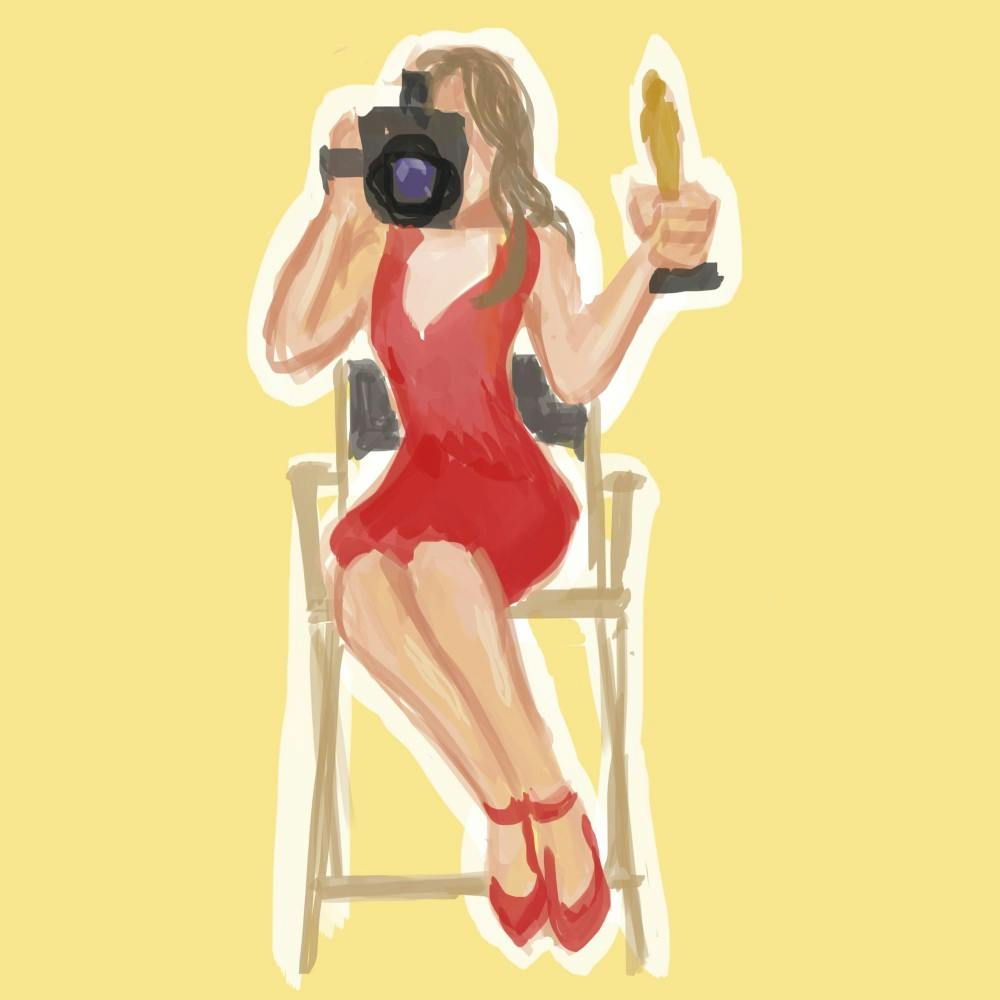The 2018 Oscars were a couple of weeks ago, but the film industry is still talking about one memorable moment from the night. If you watched the awards show, you probably remember Frances McDormand’s badass acceptance speech for Best Actress, which included her having all of the female nominees in the room stand up to receive applause—but the words that producers, directors, and actors are hung up on came at the end. “I have two words to leave with you tonight, ladies and gentlemen,” she said: “Inclusion. Rider.”
In the weeks since, more and more big names in Hollywood are getting on board with inclusion riders. Black Panther star Michael B. Jordan said that his company will adopt them, as did Matt Damon and Ben Affleck. But what, exactly, is an inclusion rider—and can they make a difference in Hollywood?
The term has to do with the business side of the movie industry. According to Stacy Smith, an academic who pioneered the term in a TED Talk last year, an inclusion rider is a stipulation in a film contract that demands balanced representation in hiring for the production, on screen and off screen. The goal is to get films to be accurate representations of the world today, which entails hiring more women, members of minorities, LGBTQ–identifying individuals, and people with disabilities, among other things. Inclusion riders can apply to minor characters and extras, and can be extended to the film’s crew as well as the cast—while director Ava Duvernay has not historically utilized inclusion riders in her contracts, she asserted her own commitment to seeking out diversity behind the camera. She told Elle, “It takes extra work to find woman gaffers and woman lighting technicians. But it’s worth it.” In an industry where it’s not unheard of for sought–after stars to be paid millions of dollars for a single film, the logic goes that inclusion riders have huge potential—if famous and powerful players demand them.
But why are they needed? Advocates for inclusion riders believe it’s fairly clear that Hollywood has a diversity problem—and they have evidence. Studies, like ones that Smith has conducted as part of her work at the University of Southern California, reveal shocking truths, like the fact that only seven percent of film casts have ethnic makeups that accurately reflect the United States population. But audiences didn’t need those numbers a few years ago to know there was a problem when the #OscarsSoWhite hashtag emerged, criticizing a lack of racial diversity among Oscar nominees. In an era where more people are agreeing that representation matters, something has to be done to remedy this problem: inclusion riders seem like a potentially powerful and effective way to go about it.
However, the concept of inclusion riders has faced criticism. Conservative publications have derided inclusion riders as just another “quota system,” but even some writers sympathetic to the cause of diversity in productions—such as Eriq Gardner of the Hollywood Reporter—have urged caution. They are referring to the idea that inclusion riders are a “cure all” that fails to address underlying problems in Hollywood and moves the push for inclusion from public conversation to back room deals. For his part, Reed Hastings of Netflix, which has been praised for creating diverse content, has said the company has no interest in the inflexibility of legal inclusion riders. He told USA Today, "We’re trying to do things creatively.”
Overall, the biggest problem with inclusion riders is also their biggest potential strength: they’re new. They haven’t been in popular use before—and because of this, they have as much potential to change things as they do to flop. McDormand herself admitted that she had only first heard the term shortly before she used it in her acceptance speech: “I just found out about this last week,” she said bluntly, during a post–Oscars backstage interview.
Ultimately, for just about everyone—both in the film industry and outside of it—inclusion riders are new, and it remains to be seen whether or not they’ll work. “After 35 years of being in the film business, we're not going back,” McDormand asserted. These are hopeful, inspiring, and forceful words, but the battle for a more diverse industry isn’t over yet and won’t be anytime soon; inclusion riders or not, only time will tell if Hollywood will move forward.

